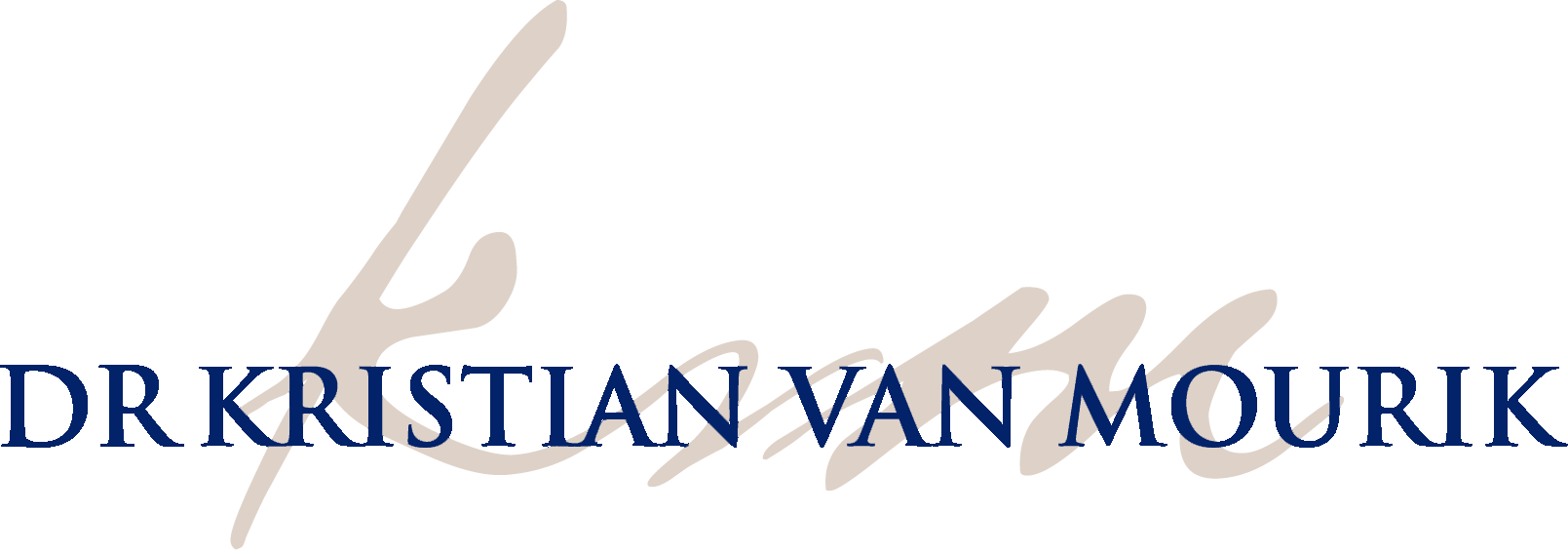Specialist surgical care for jaw alignment and bite correction
Corrective Jaw (Orthognathic) Surgery Sydney
Corrective jaw surgery (orthognathic surgery) in Sydney is performed by specialist Oral & Maxillofacial Surgeon Dr Kristian van Mourik. Helps improve jaw alignment, function, facial aesthetics, and long-term health, including better sleep.
Trusted Oral & Maxillofacial Surgery Care Across Sydney
Specialist Oral and Maxillofacial Surgeon with over 15 years of experience in Corrective Jaw Surgery Sydney.

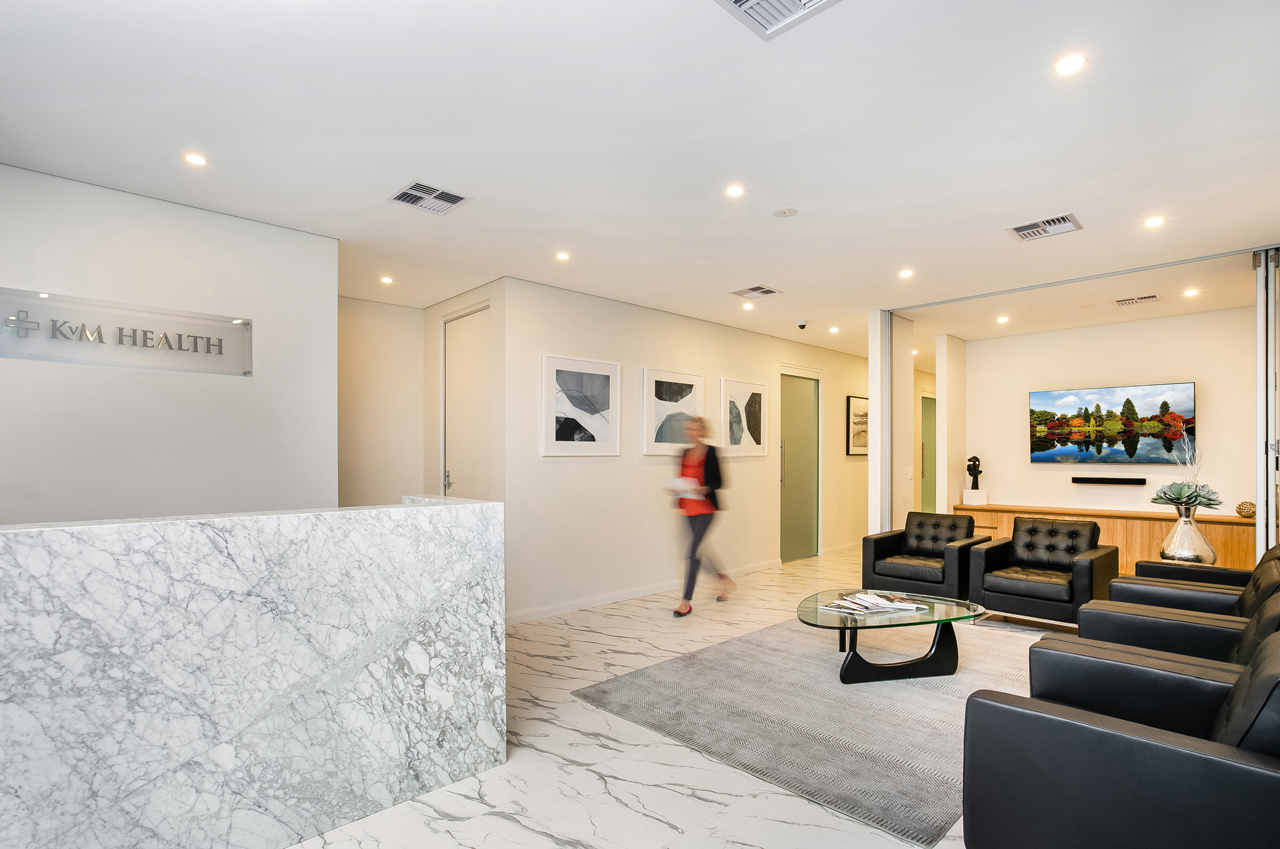
Our practice has been providing corrective jaw surgery in Sydney for over a decade. With two established clinics, we are committed to:
- Staying at the forefront of the latest orthognathic surgery research and techniques
- Careful and precise treatment planning
- Explaining everything clearly so you feel confident and informed
- Delivering the highest level of surgical proficiency
- Supporting you with attentive aftercare throughout your recovery
What is Orthognatic (Jaw) Surgery?
Orthognathic surgery is a group of procedures designed to correct problems with the alignment of the upper and lower jaws. These surgeries may be performed for cosmetic improvement or to restore proper jaw function when there are issues caused by abnormal positioning.
The medical term for jaw misalignment is malocclusion. This condition can develop due to injury, disease, abnormal growth patterns, or simply genetic factors.
Because these conditions can be complex, treatment is often managed by a multidisciplinary team, which may include:
An Oral and Maxillofacial Surgeon
An Orthodontist
Sometimes a Sleep Specialist
In many cases, a comprehensive treatment plan is needed, which may include braces before or after surgery.
Understanding Jaw Alignment
The jaw is made up of two main parts:
The upper jaw (maxilla) – holds your upper teeth
The lower jaw (mandible) – holds your lower teeth
The way these two parts fit together affects both how your bite functions and how your jawline looks.
For example, if your lower teeth sit in front of your upper teeth when your mouth is closed, this may be caused by a protruding lower jaw (prognathism) or a receding upper jaw.
The position and alignment of your teeth also play a key role in your bite and overall facial profile.
Common Jaw Alignment Concerns
Jaw alignment problems treated with orthognathic surgery are generally classified into three main categories:
Upper jaw issues (maxilla)- over or under protrusion
Lower jaw issues (mandible) – over or under protrusion
Combined jaw or bite discrepancies
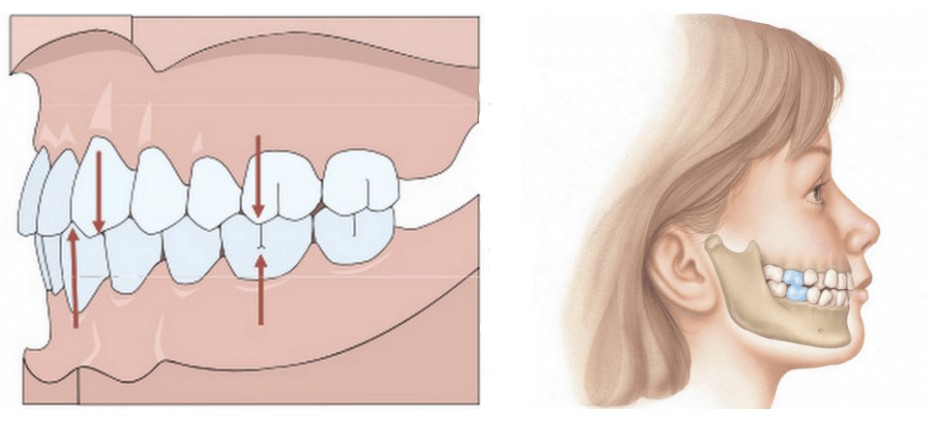
Class I - Normal Alignment
The upper and lower jaws are in balance, with the lower first molar positioned slightly ahead of the upper first molar. This is considered a normal, healthy bite.
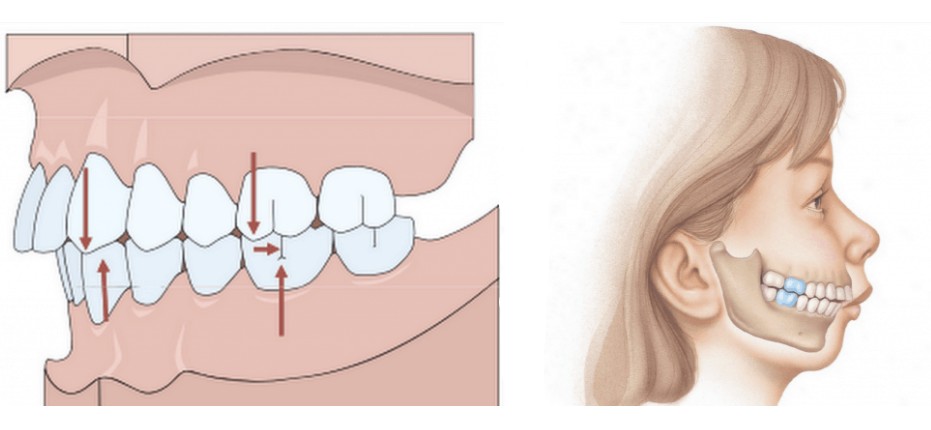
Class II - Retruded Lower Jaw (Retrognathism)
The lower jaw sits further back, causing the upper teeth to extend forward. This may occur because the upper jaw is too far forward or the lower jaw is underdeveloped (retruded).
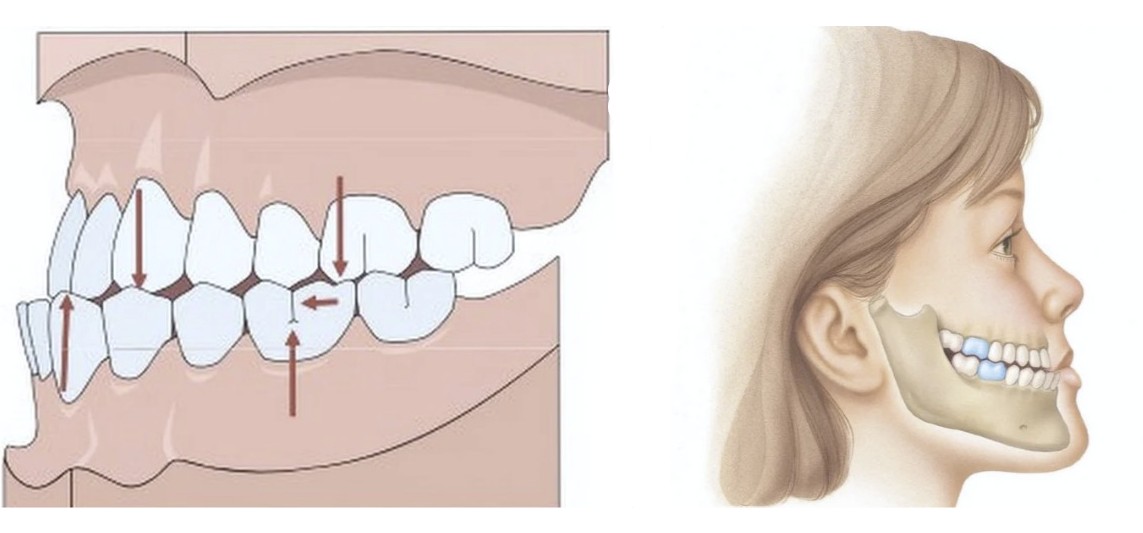
Class III
The lower jaw and teeth extend forward beyond the upper teeth. This can happen if the upper jaw is underdeveloped or the lower jaw is too prominent, giving the appearance of a strong or extended chin.
In addition to forward or backward positioning, factors such as the width, size, and overall shape of the jawbones also influence facial balance and aesthetics. Because every case is unique, orthognathic surgery is carefully tailored to the individual.
When is Jaw Surgery Required?
Jaw shape and alignment issues don’t just affect your appearance — they can also impact everyday functions like eating, speaking, breathing, and even sleep quality. When these issues become significant, jaw surgery may be recommended. Below are the cosmetic and functional reasons why jaw surgery might be needed.
Cosmetic Concerns
- Overbite When the upper teeth extend too far forward beyond the lower teeth, it can create an imbalanced look and contribute to facial disharmony.
- Underbite The lower teeth sit in front of the upper teeth, often caused by an overdeveloped lower jaw. This can make the chin look too prominent and give the face an asymmetrical appearance.
- Crossbite Some upper teeth sit behind the lower teeth when you bite down. Crossbites can make the smile appear uneven and may cause premature tooth wear.
- Small chin (retrogenia) A chin that sits too far back can make the profile look weak or recessed. Corrective jaw surgery can reposition the chin for a stronger, more balanced look.
- Broad or wide face A jaw that is overly wide can make the lower face appear heavy or disproportionate. Surgery can refine the shape of the jawline for better balance with the rest of the face.
- Disproportionate smile If too much or too little of the teeth and gums show when smiling, it can affect self-confidence. Jaw repositioning can create a more natural, harmonious smile.
- Unsatisfactory facial profile A chin that protrudes too much or recedes too far back disrupts facial harmony. Corrective surgery aligns the jaw with the rest of the face for a more proportional profile.
- Over-protruding teeth Teeth that stick out excessively can affect both aesthetics and oral function. Surgery can move them back into proper alignment.
Functional Concerns
- Temporomandibular Joint (TMJ) painMisaligned jaws can place strain on the jaw joint, leading to chronic pain, clicking, or restricted movement. Surgery helps restore balance and reduce joint stress.
- Snoring A narrow or recessed jaw may contribute to airway obstruction during sleep. Realigning the jaw can help open the airway and reduce snoring.
- Sleep apnoea In more severe cases, airway obstruction leads to sleep apnoea, a condition where breathing temporarily stops during sleep. Corrective surgery can reposition the jaw to improve airflow leading to a much better quality of sleep and life.
- Problems with biting and chewing When the upper and lower teeth don’t meet properly, chewing becomes inefficient and sometimes uncomfortable. Jaw surgery improves the bite for easier eating.
- Problems with speech and pronunciation Jaw alignment affects tongue position and articulation. Corrective surgery can improve clarity of speech.
- Disproportionate smile If too much or too little of the teeth and gums show when smiling, it can affect self-confidence. Jaw repositioning can create a more natural, harmonious smile.
- Teeth degeneration Having your jaws misaligned can place excessive forces on certain teeth, leading to early wear, fractures and tooth sensitivity. Corrective jaw surgery distributes pressure more evenly.
- Lips don’t fully close Jaw discrepancies sometimes prevent the lips from coming together at rest. This is called lip incompetence. Lip incompetence can lead to mouth breathing, dryness and breathing problems. Surgery improves lip seal and comfort.

Benefits of Corrective Jaw Surgery
Corrective jaw surgery helps improve facial appearance, oral function, and overall health.
Many patients choose this procedure for both cosmetic and health benefits, including:
- Correcting jaw misalignments such as overbite, underbite, and crossbite
• Enhancing speech clarity and pronunciation
• Improving bite alignment for better chewing and swallowing
• Reducing snoring and easing symptoms of sleep apnoea
• Preventing tooth wear or damage caused by misaligned bites
• Enhancing your smile and overall facial appearance
• Refining facial balance — including the jawline, chin, and neck profile
Orthognathic surgery doesn’t just change how your face looks — it can also boost long-term health, comfort, and confidence
What Does Corrective Jaw Surgery Invovle?
Pre-Surgery Preparation
- Orthodontic Treatment: You may need braces or orthodontic work to straighten your teeth before surgery.
- Diagnostic Imaging: Cone beam X-rays, measurements, and 3D modelling of your jaws are completed.
- Surgical Planning: Using virtual surgical planning, Dr van Mourik maps out the procedure. Custom surgical plates and guides are then made.
On the Day of Surgery
- Hospital Setting: Surgery takes place in a private hospital.
- Anaesthesia: You will be put to sleep under a general anaesthetic, safely administered by a specialist anaesthetist.
During Surgery
- Incisions: Most surgery is performed inside the mouth, leaving no visible scars. Rarely, small external incisions are needed, which Dr van Mourik places within natural skin creases to minimise visibility.
- Bone Repositioning: Precise bone cuts (osteotomies) are made, and the jaws are repositioned. They are fixed securely with titanium plates and screws.
- Bone Grafting (if required): Occasionally, bone grafting is performed to enhance jaw profile.
After surgery and healing
- Bone Healing: The jawbone heals over a period of 6–8 weeks.
- Plates and Screws: Titanium plates and screws remain permanently in place.
- Post-Surgical Orthodontics: Minor orthodontic adjustments may be needed, usually beginning about 6 weeks after surgery.
Different Types of Jaw Surgery
There are different types of jaw and surgical approaches depending on your jaw imbalance.
Upper jaw surgery

Your upper jaw (maxilla) can be operated on if it’s too large, too small, too far forward, too far back or crooked. Gummy smiles, incorrect bites, lip and midfacial support can be significantly helped by upper jaw surgery. Sometimes it is done simultaneously with chin surgery
Lower jaw surgery

Your lower jaw (mandible) can be operated on if it’s too large, too small, too far forward, too far back or crooked. An incorrect bite, facial profile and facial symmetry can be significantly improved by lower jaw surgery.
Upper and lower jaw surgery

Sometimes both your upper and lower jaws need to be operated on to correct a bite and overall facial symmetry and profile. This is also called ‘bimaxillary surgery’.
Genioplasty (Chin Surgery)

Genioplasty is a procedure that reshapes or repositions the chin to improve balance in the facial profile. It can correct a weak or recessed chin, or reduce the size of a prominent chin. It may involve
- Reposition the chin forward to backwards
- Refining the shape of the chin
- Placing of an implant to make the chin look more defined
When performed by an experienced Oral and Maxillofacial Surgeon, corrective jaw surgery is considered a safe and routine procedure. For complex cases, treatment is carefully planned and carried out in collaboration with an orthodontist.
Surgically Assisted Maxillary Expansion

The procedure involves inserting an expansion appliance on the roof of your upper mouth. Approximately 3 days after the expansion appliance is inserted, the active expansion process begins and your upper jaw is gradually widened over a period of weeks. Once the appropriate amount of expansion is achieved, the expansion device is left in your mouth to allow the bone to heal, then orthodontic treatment can commence.
Recovery After Orthognatic Surgery
Proper care after your surgery is essential for a smooth recovery.
Hospital Stay
- Single jaw surgery: 1–2 nights in hospital.
- Double jaw surgery: 2–3 nights in hospital.
- Genioplasty: 1 night in hospital
- Maxillary expansion: day surgery
- You’ll be discharged once you can eat and drink without assistance.
Pain Management
- In hospital: Pain is controlled with intravenous analgesia (pain relief), prescribed by the anaesthetist and self-administered with a button.
- After 48 hours: Most patients manage well with pain tablets such as Nurofen® or Panadeine®.
- At home: You’ll continue with oral medication, usually in liquid form. Antibiotics and other medicines may also be prescribed.
Stitches
- Dissolving stitches are used in most cases.
- They gradually disappear over 2–3 weeks without needing removal.
Elastics (for surgeries of upper and lower jaw)
- Your teeth will feel tightly closed when you wake up—this is due to orthodontic elastics.
- These support jaw healing and comfort during swelling.
- Elastics are gradually loosened over 6 weeks and removed at your 6-week check-up.
Swelling
- A head wrap with a cooling pad will be used to minimise swelling. This should stay in place for 1–2 days with fresh ice added regularly.
- Swelling usually peaks around day 3–4 and then gradually improves.
- Keep your head elevated (2–3 pillows or a recliner) for about a week.
- It may take several weeks for swelling to completely resolve.
Bleeding & Bruising
- Mild oozing in the mouth or nose is normal.
- Large clots may be dislodged occasionally. If any heavy, bright red bleeding contact us.
- Bruising is very common after lower jaw surgery and may extend down the neck and chest.
Diet
- Upper and lower jaw surgery: A soft diet is required for 5-6 weeks.
- Some weight loss is common, frequent high-protein, high-calorie meals will help aid recovery.
Oral Care
- Begin gentle brushing with a soft, child’s toothbrush as soon as possible.
- Rinse with warm saltwater (1 tsp salt in 1 glass of warm water) at least 3 times daily.
Returning to Work, School & Exercise
- Maxillary expansion devices: About 1 day off.
- Genioplasty: 3–7 days off.
- Major jaw surgeries: 2–3 weeks off
- Most patients feel better after 2 weeks, but full energy may take 6 weeks.
- Avoid strenuous exercise until fully recovered.
- No contact sports for 3 months.
Recovery Timeline
- Bone healing: 6–8 weeks.
- Full recovery for larger lower and top jaw surgeries : 3–6 months.
- Post-surgical orthodontics (if needed): May begin about 6 weeks after surgery.
Follow-Up Care
- Dr van Mourik will want to see you periodically to monitor your healing and ensure that your jaws are staying properly aligned..
- Further check-ups at 6 months and 12 months to monitor healing and jaw alignment.
- Atten ding these appointments is crucial for long-term success.
Important Notes
- Do not blow your nose for 2 weeks if you had upper jaw or nasal surgery.
- Use saline spray and prescribed decongestants as directed.
- Report swelling or pain in one leg immediately, as this may signal a blood clot.
Dr van Mourik will provide you with tailored post-operative instructions before your surgery. Please follow them closely to maximise healing and minimise complications.
A Personalised Approach
Corrective jaw (orthognathic) surgery is never “one-size-fits-all.” Treatment is carefully planned based on your unique facial structure, bite, and concerns. Beyond restoring functional bite alignment, it also enhances appearance by balancing the proportions of the teeth, chin, and facial profile. The result is not only better oral health, but also a more natural and harmonious facial appearance—both from the front and side views.
Corrective Jaw Surgery Before and After
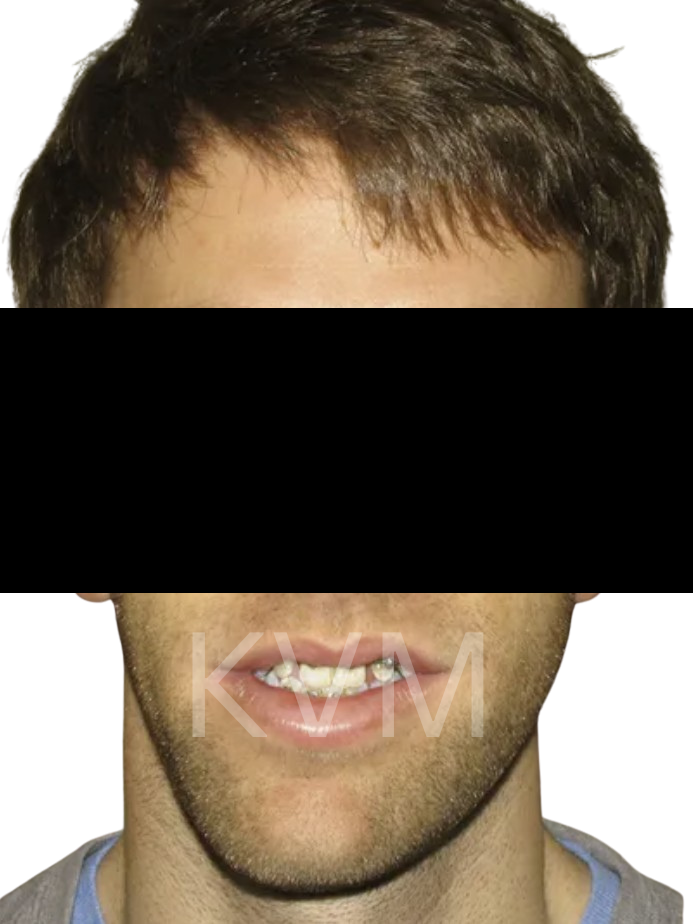
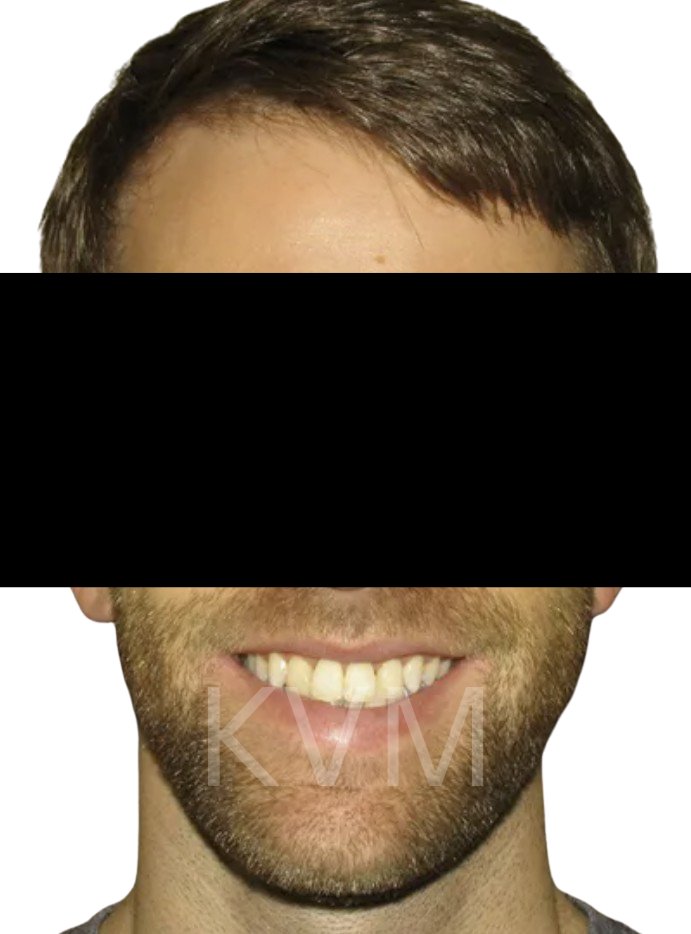
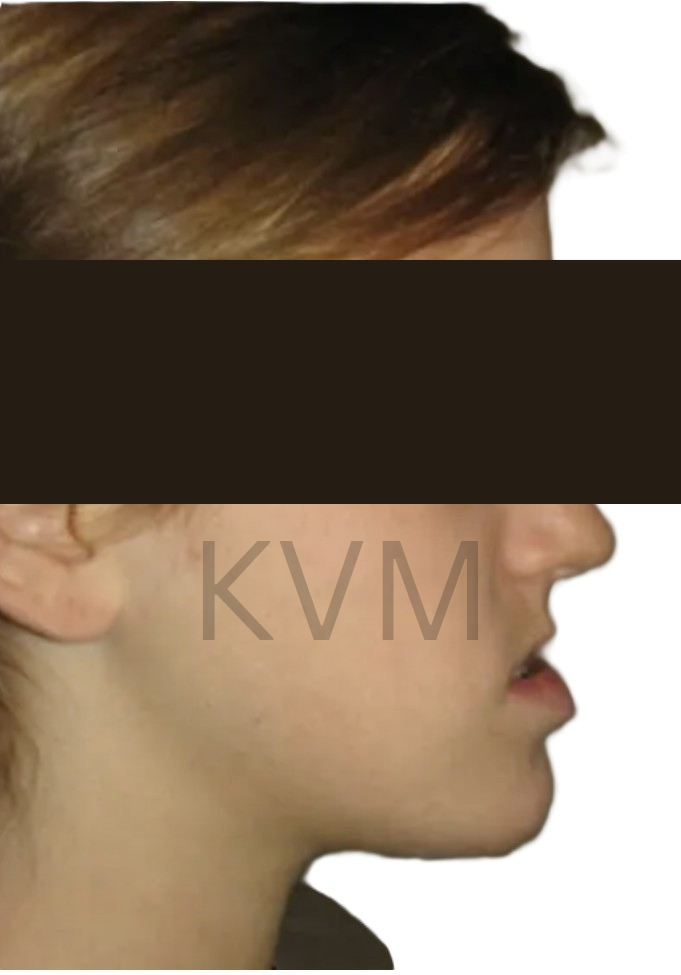
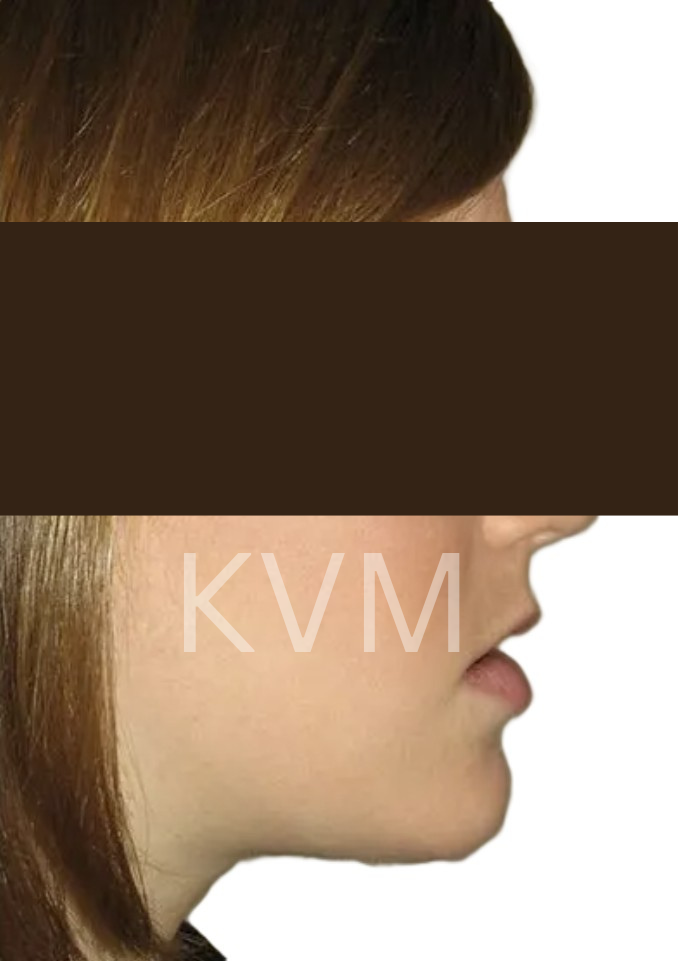
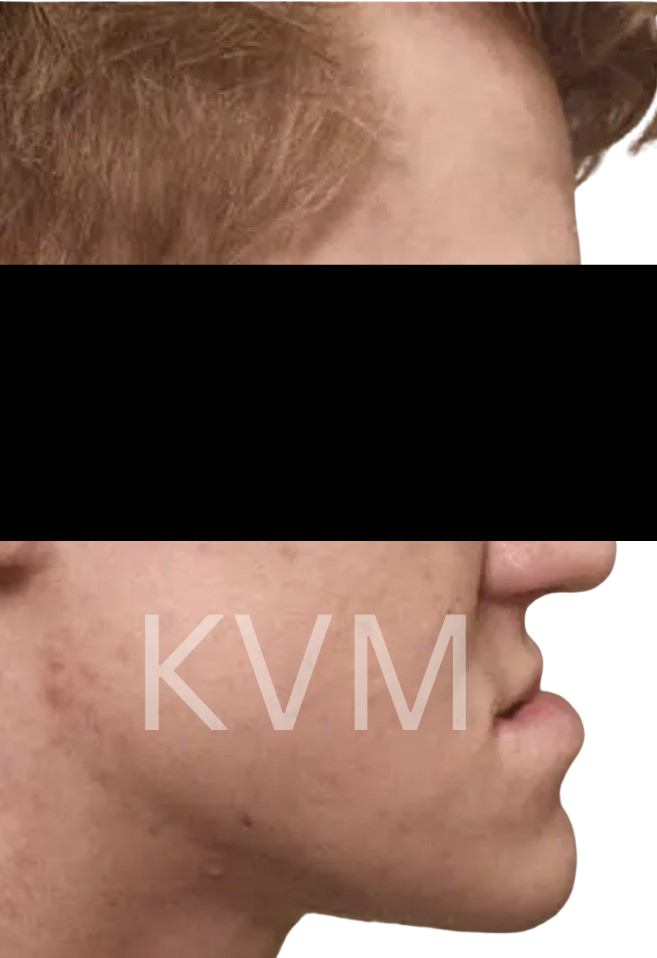
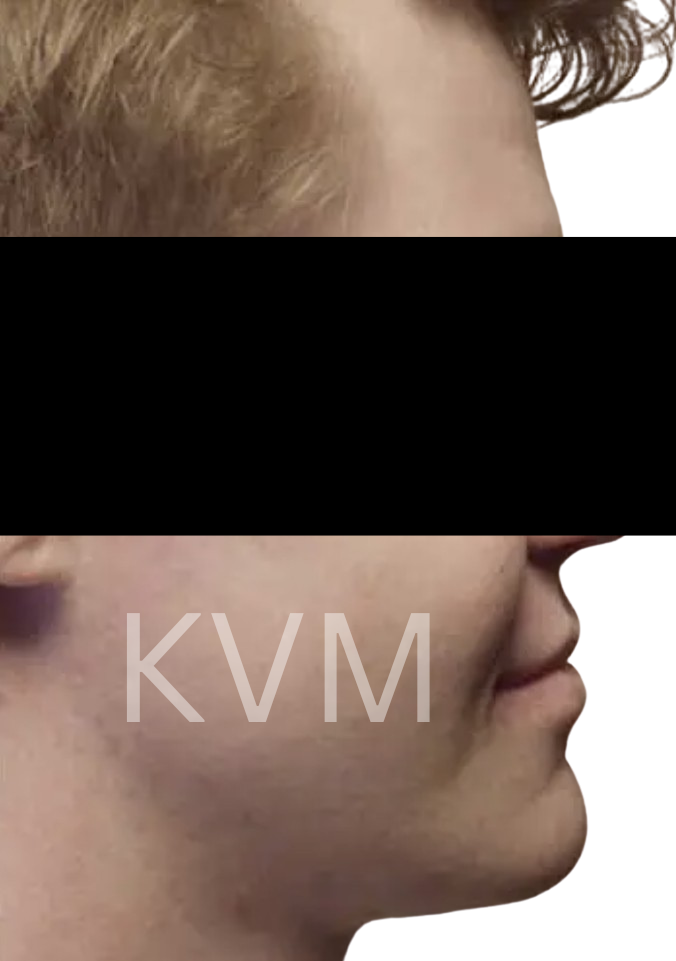
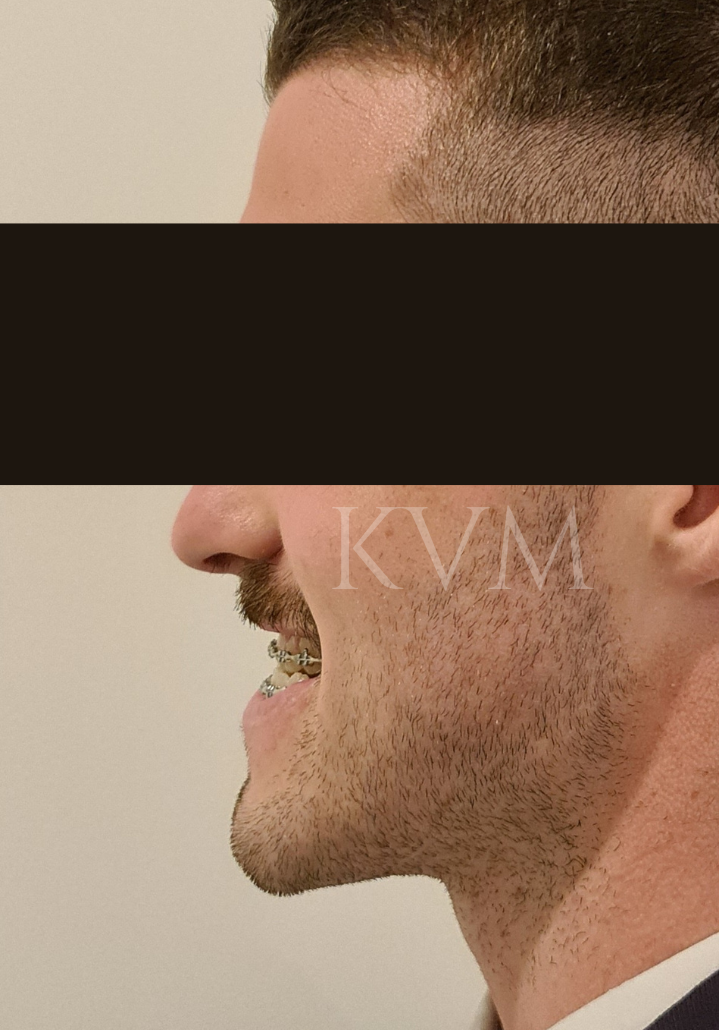
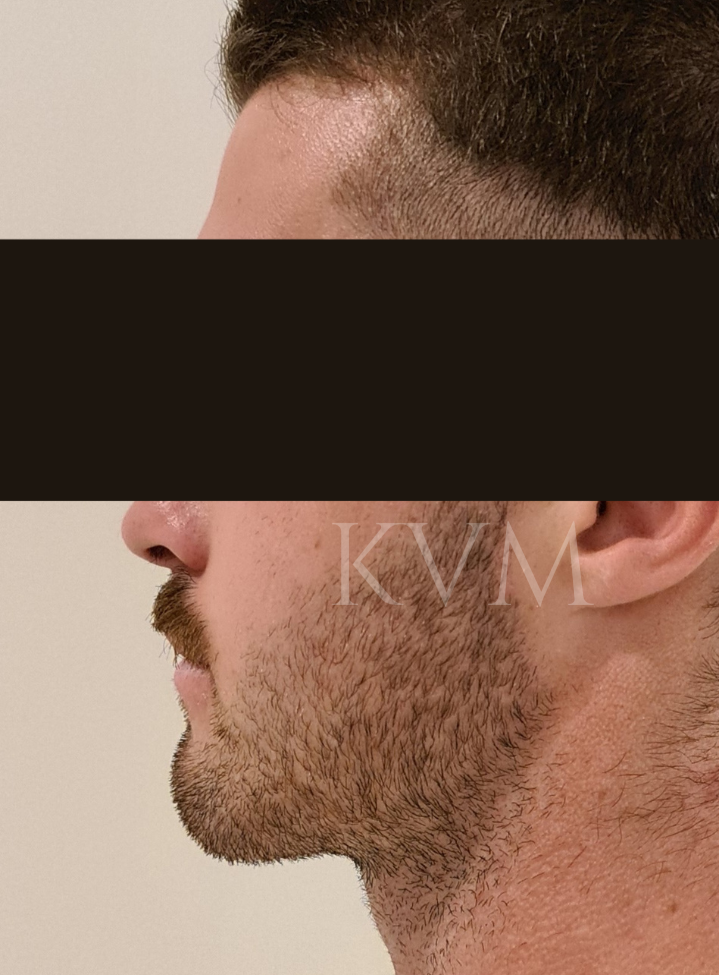
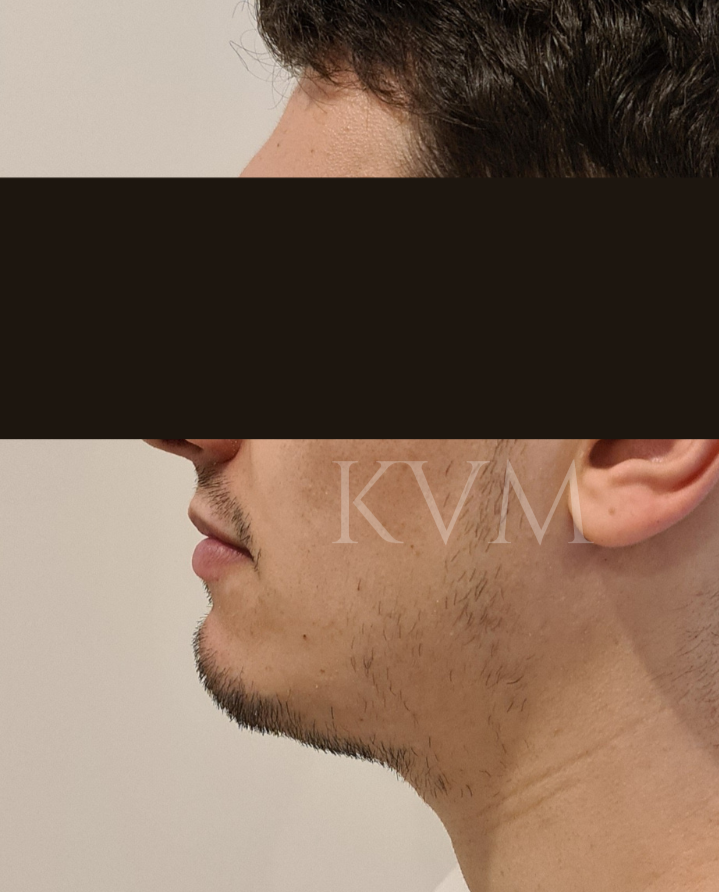
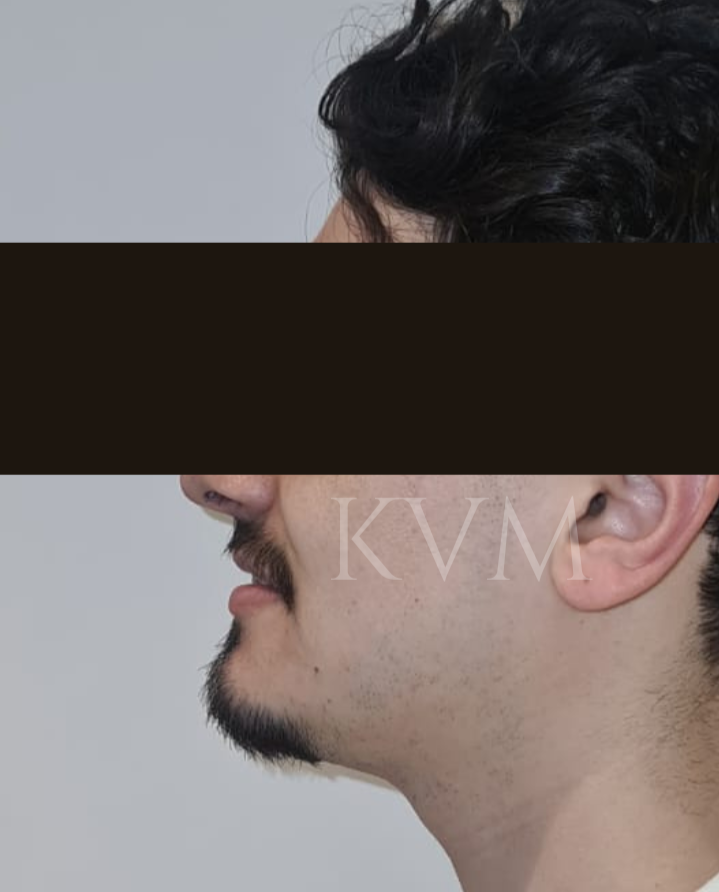
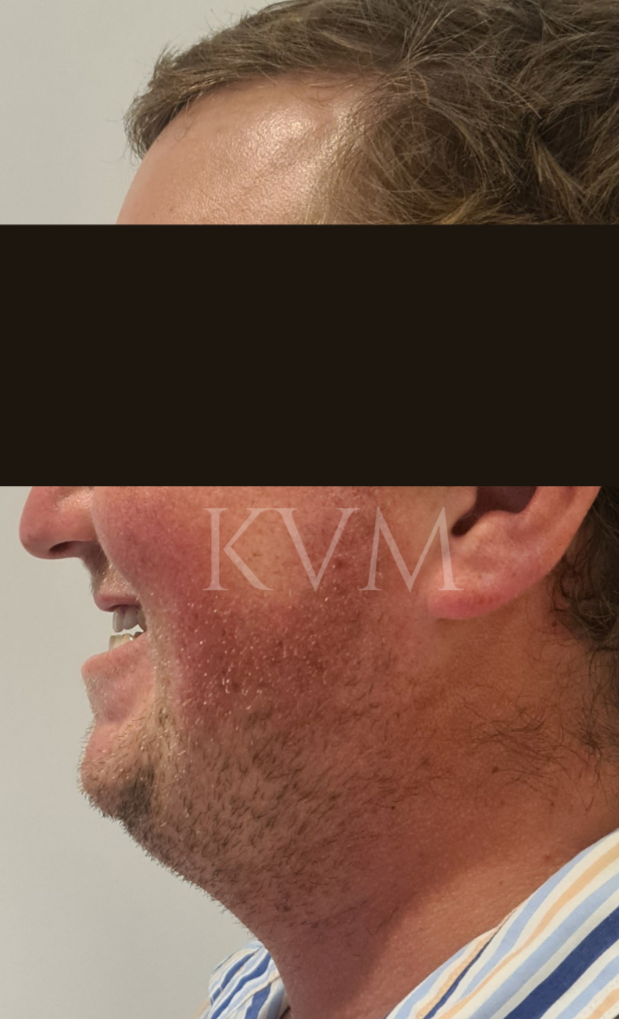
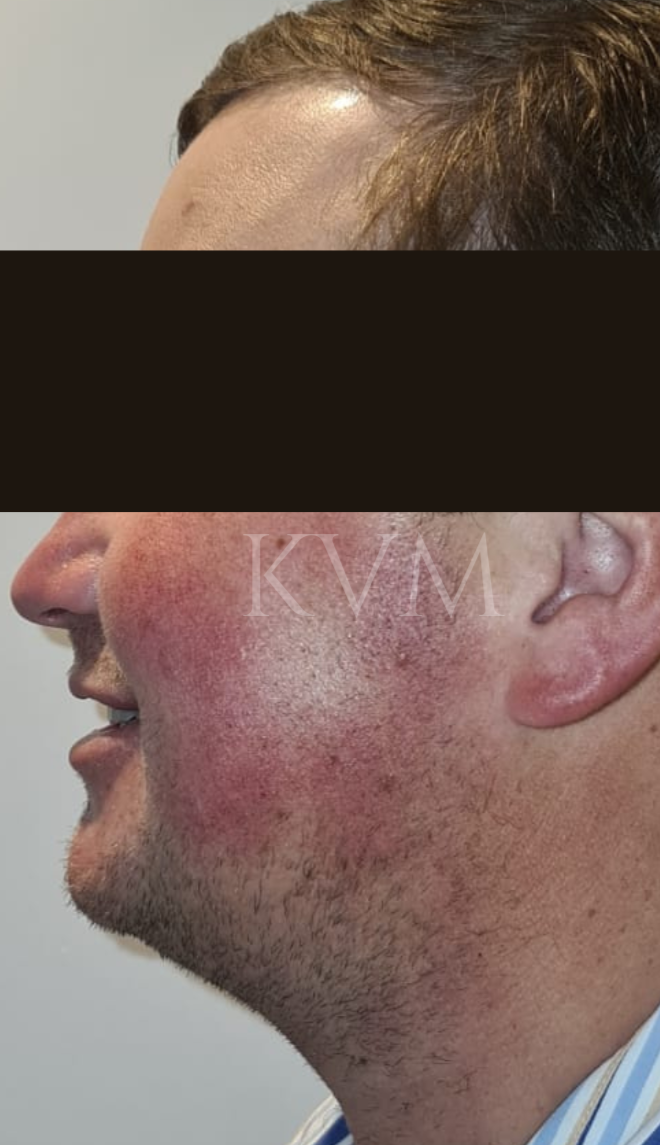
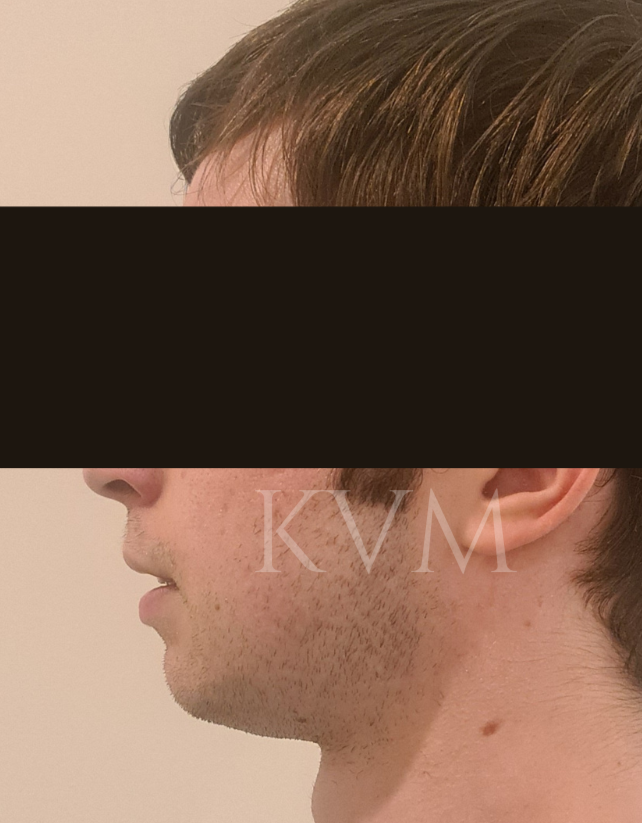
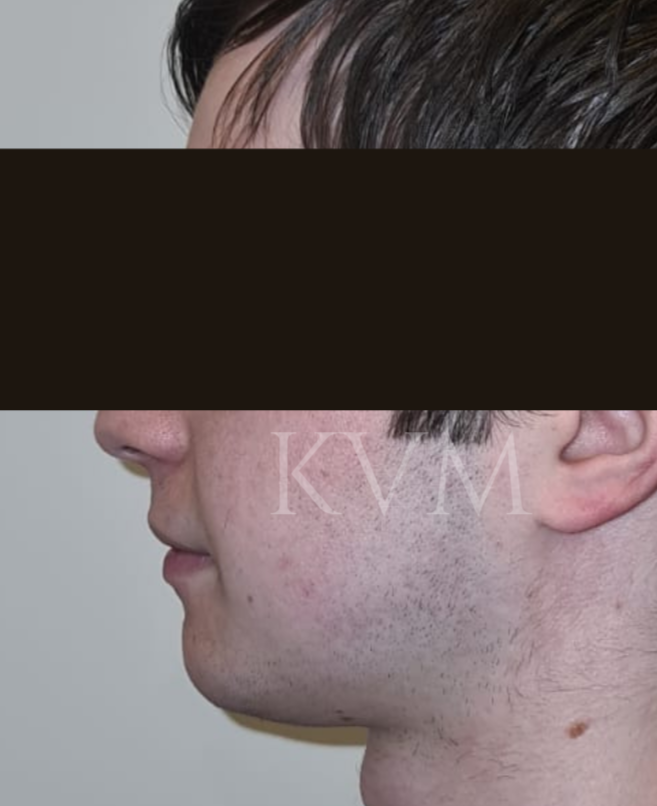
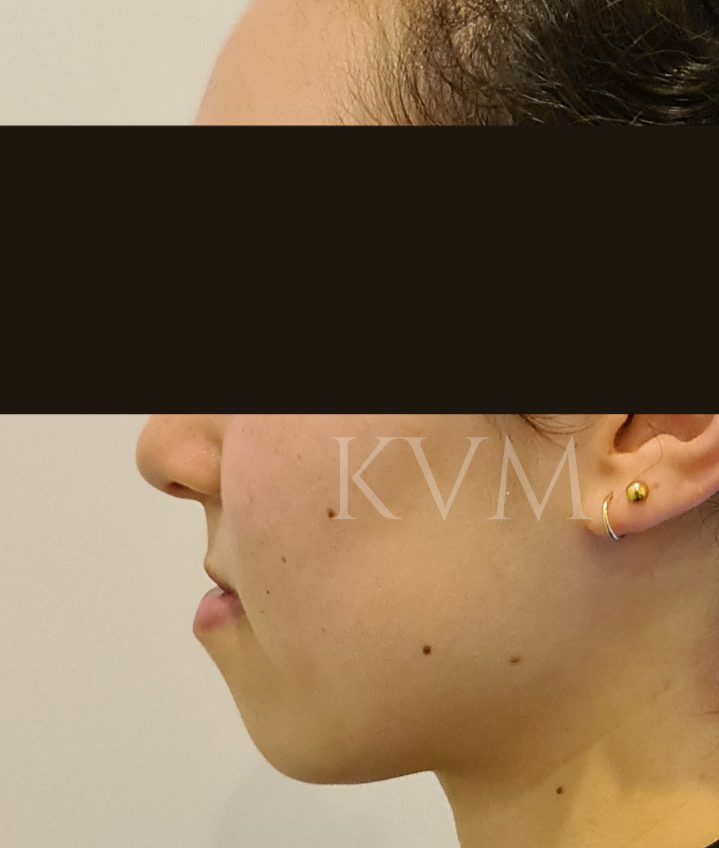
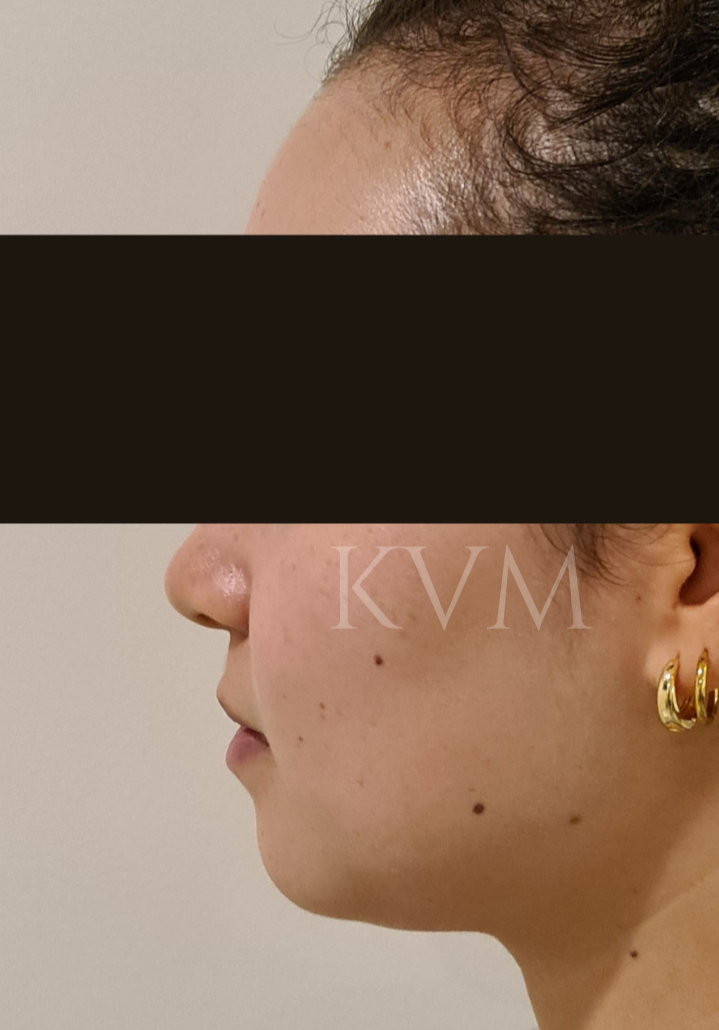
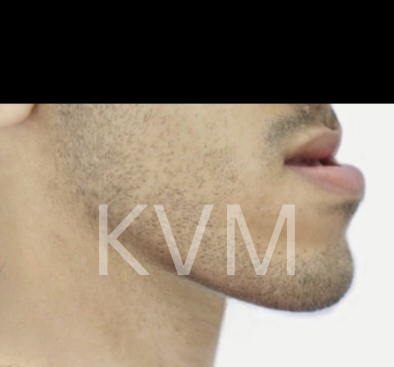
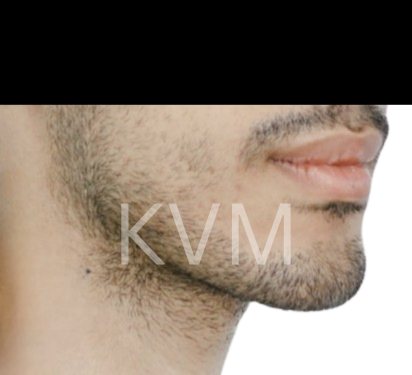
Why Seeing an Oral and Maxillofacial Surgeon Matters.
Jaw surgery is a complex procedure that requires specialist training.
Oral and Maxillofacial Surgeons have the highest level of training and skills in orthognathic surgery, having qualified as a surgeon, a doctor and a dentist.
They regularly perform jaw surgery and offer the highest standard of surgical care. An Oral and Maxillofacial surgeon’s approach ensures:
- Surgery performed to the highest technical standard
- The best chance of a smooth recovery and long-term success
- Treatment guided by the most current medical and dental knowledge
- A lower risk of complications
- Specialist medical expertise to manage complications, should they arise
Trust an Oral and Maxillofacial Surgeon for the best outcomes for your jaw surgery.
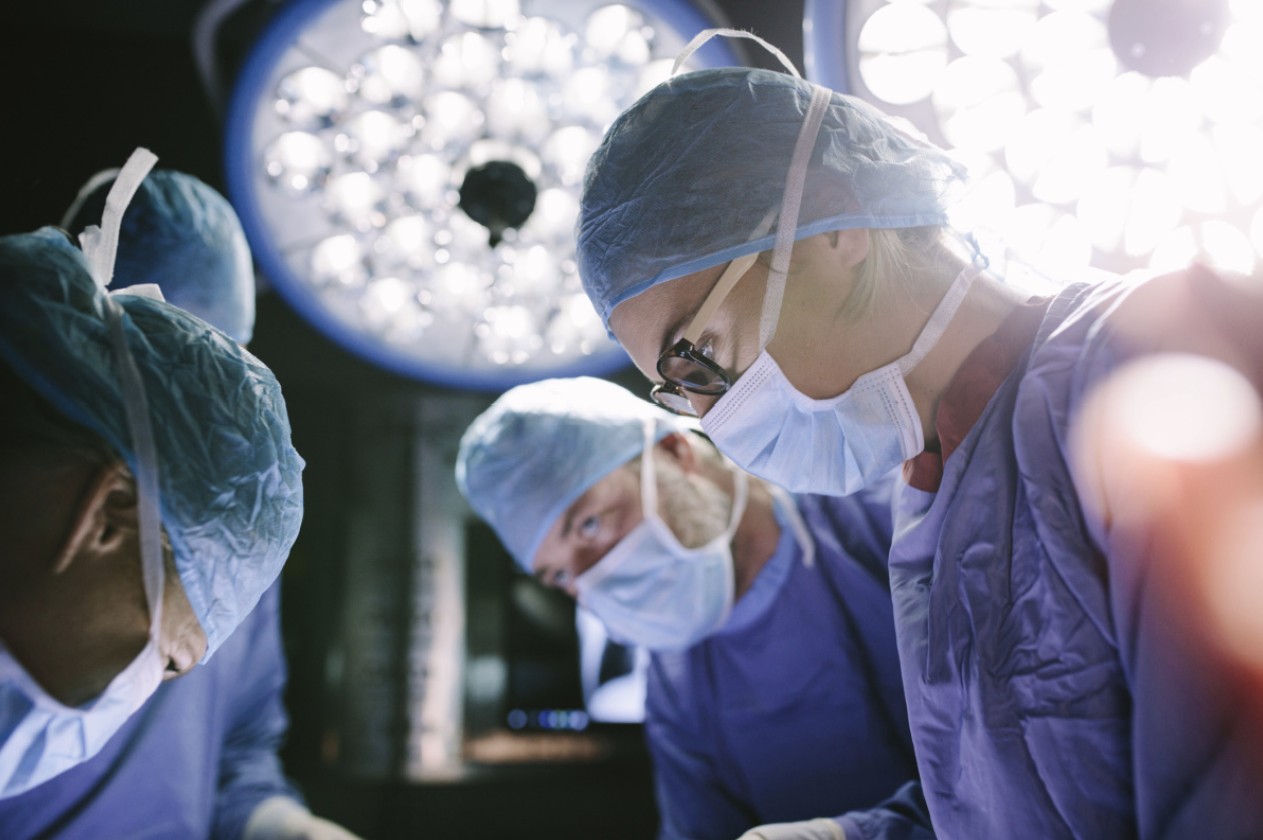
Meet Dr Kristian van Mourik
Meet Dr Kristian van Mourik
Dr Kristian van Mourik is a fully qualified Oral and Maxillofacial Surgeon with dual qualifications in medicine and dentistry, as well as advanced surgical training. He is one of the few surgeons in Australia to hold this combination of expertise.
Qualifications include:
- Bachelor of Biomedicine – Monash University
- Bachelor of Dentistry with Honours – University of Sydney
- Bachelor of Medicine / Bachelor of Surgery – University of Sydney
With more than 15 years of practice in Sydney, Dr van Mourik has extensive experience in corrective jaw surgery, wisdom tooth removal, dental implants, trauma surgery, and oral pathology. He is registered with both the Medical Board of Australia and the Dental Board of Australia as a specialist Oral and Maxillofacial Surgeon.
Sydney Areas We Service for Corrective Jaw Surgery
Corrective jaw surgery is available across Sydney’s Eastern Suburbs and North Shore.
- Bondi
- Bronte
- Clovelly
- Coogee
- Randwick
- Paddington
- Woollahra
- Double Bay
- Bellevue Hill
- Tamarama
- Waverley
- Surrounding Eastern Suburbs
- Roseville
- Chatswood
- Killara
- Gordon
- Pymble
- Turramurra
- St Ives
- Wahroonga
- Hornsby
- Willoughby
- Castle Cove
- Other North Shore suburbs
Corrective Jaw Surgery FAQs Sydney
Is jaw surgery covered by medicare?
Some Medicare item numbers may apply to hospital and anaesthetist costs. We provide a detailed written quote before treatment. We recommend you check with your private health insurer to confirm your coverage. For affordable sleep aponea surgery in Sydney, Dr van Mourik can guide you through your options.
Is jaw surgery covered by private health insurance?
Private health insurance can contribute to hospital, surgeon’s and anaesthetist’s fees. We provide a detailed written quote before treatment. We recommend you check with your private health insurer to confirm your coverage. For affordable sleep aponea surgery in Sydney, Dr van Mourik can guide you through your options.
What age is best for corrective jaw surgery?
Jaw surgery is usually recommended once growth has finished. For females, this is typically from age 16–18 onwards, and for males, from age 18–21 onwards.
Other factors also play a role in deciding the best timing for your jaw surgery Sydney. Dr van Mourik will discuss these with you during your consultation.
How long does jaw surgery take?
Jaw surgery can take anywhere from 1 hour for a single jaw to 2-3 hours for a combined upper and lower jaw procedure.
If orthodontics are required the full process usually takes between 18 and 24 months, including pre- and post-surgical orthodontics.
Is corrective jaw surgery covered by Medicare or private health?
Some Medicare item numbers may apply, and private health insurance can contribute to hospital and anaesthetist costs. We provide a detailed written quote before treatment. We recommend you check with Medicare and your private health insurer to confirm your coverage. For affordable jaw surgery in Sydney, Dr van Mourik can guide you through your options.
What are the risks of jaw surgery?
All surgeries have some potential risks and complications and for face and jaw surgery they include:
- Numbness caused by nerve injury
- Infection
- Return to the original bite position
- Aggravation of your tempromandibular (jaw) joint.
It’s unusual to have complications with jaw surgery Sydney when you have a skilled Oral and Maxillofacial Surgeon to perform the procedure
Do I need braces before jaw surgery?
Yes, some patients require orthodontic treatment before surgery to position the teeth correctly. This is coordinated between your orthodontist and surgeon.
How long will I need to take off work or school after jaw surgery?
Most patients need around 2–4 weeks off work or school after major corrective jaw surgery and a couple of days off for minor surgery such genioplasty or maxillary expansion. Recovery time varies with the procedure and individual healing. Strenuous activity and contact sports should be avoided for longer.
Dr van Mourik, best jaw surgeon Sydney, will guide you during follow-up visits
Can corrective jaw surgery change my appearance?
Yes, in many cases, surgery can alter facial proportions by repositioning the jaws. While the primary goal is to improve function, patients often notice changes to their profile, smile, or facial symmetry. These outcomes vary from person to person and are carefully explained during the planning process. For expert care, Dr van Mourik is considered one of the best jaw surgeons in Sydney.
Our Sydney Clinics
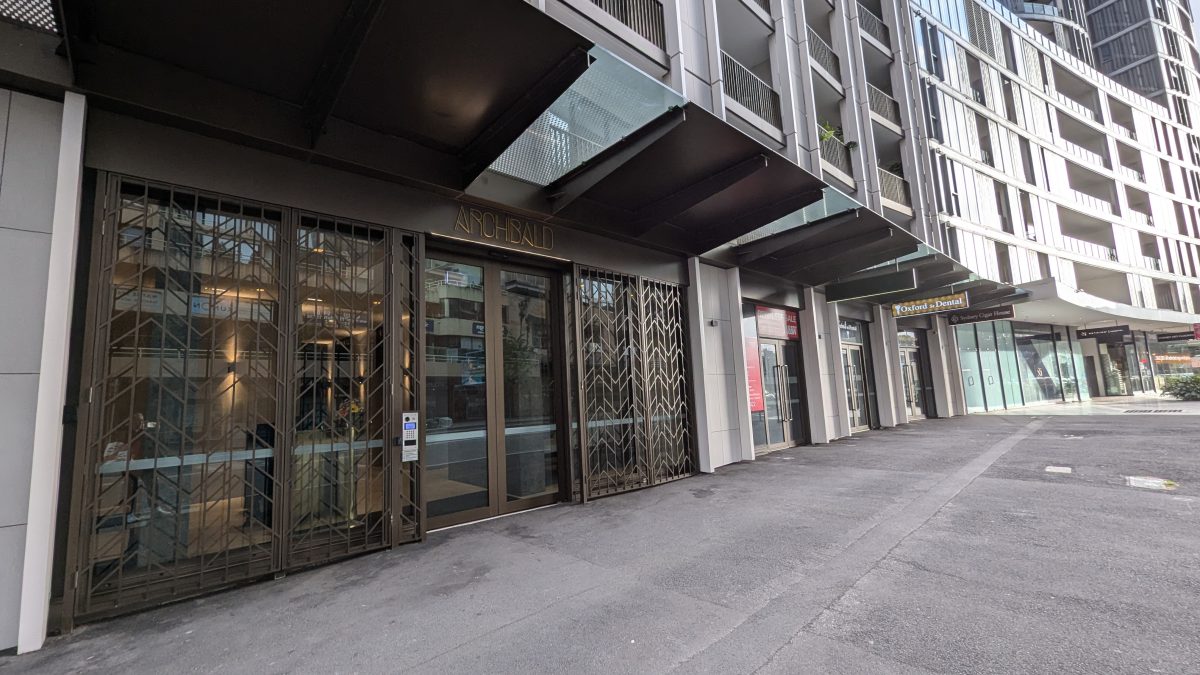
Bondi Junction
Located in the heart of the Eastern Suburbs, our Bondi Junction clinic is easily accessible by train, bus, and nearby parking.
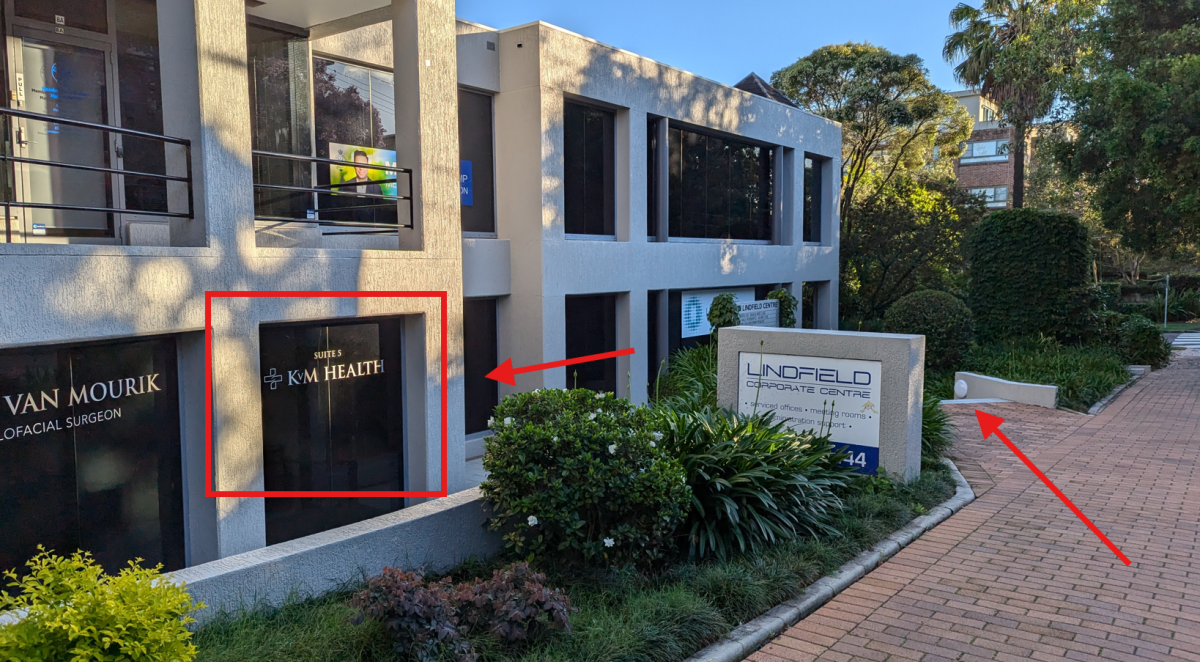
Lindfield
Conveniently positioned on the North Shore, our Lindfield clinic is close to public transport and offers parking options nearby.
